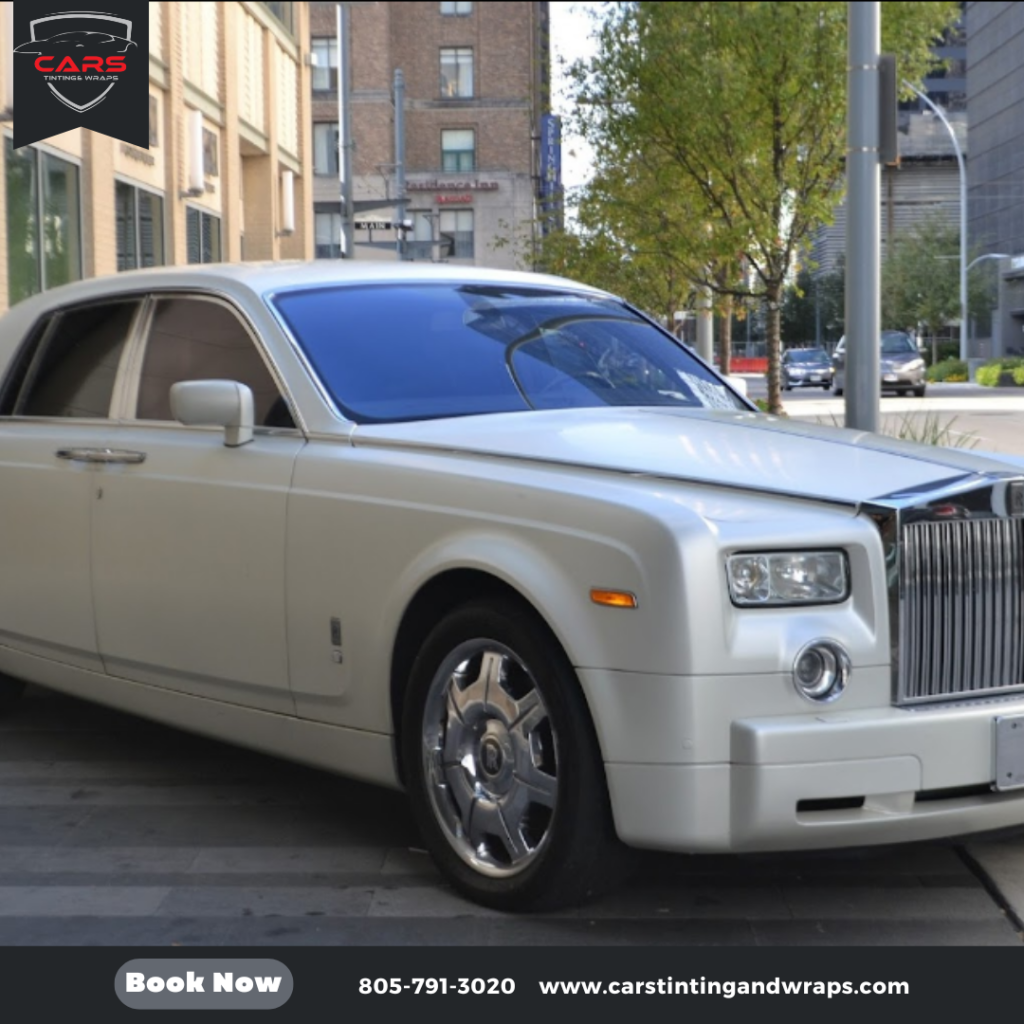
The integration of auto tinting for windshields extends beyond aesthetic enhancement, as it encompasses critical aspects of driving safety and comfort. By meticulously reducing solar heat gain and glare, tinted windshields not only facilitate improved visibility but also contribute to a more fatigue-resistant driving experience. The technical composition of tint films further serves as a barrier against harmful UV radiation, thus safeguarding the vehicle’s occupants and interior. However, the effectiveness of these benefits hinges on selecting the appropriate tint specifications and understanding legal regulations. What considerations should guide the choice of an optimal tint for your vehicle?
Benefits of Windshield Tinting
Windshield tinting offers a myriad of benefits that extend beyond mere aesthetics, providing both practical and safety advantages for vehicle owners. One of the primary benefits is the significant reduction in solar heat gain, achieved by filtering out a substantial portion of infrared radiation. This thermal control not only enhances passenger comfort, but also reduces the reliance on air conditioning systems, thereby improving fuel efficiency.
Furthermore, high-quality tints can block up to 99% of harmful ultraviolet (UV) rays, which are known to contribute to skin cancer and interior fading, thus preserving both human health and vehicle interiors.
In addition to thermal and UV protection, windshield tinting enhances driving safety by minimizing glare from sunlight and oncoming headlights. This reduction in glare can significantly improve visual clarity and reduce eye strain, leading to safer driving conditions.
Moreover, in the event of an accident, window film can hold shattered glass together, reducing the risk of injury from flying shards. For those who value privacy and security, tinted windshields also discourage theft by obscuring the view of belongings inside the vehicle.
Choosing the Right Tint
Selecting the appropriate tint for a vehicle’s windshield involves a careful consideration of various factors that cater to both legal requirements and personal preferences. The balance between visibility, comfort, and compliance is critical.
Different regions have specific legal stipulations regarding the permissible visible light transmission (VLT) levels, often dictating a minimum percentage that must be adhered to. It is essential for vehicle owners to be informed about these regulations to avoid potential legal repercussions.
From a technological perspective, the type of tint film plays a pivotal role. Options range from dyed and metalized films to advanced ceramic and carbon-based tints.
Dyed tints, while cost-effective, may fade over time, whereas metalized films offer enhanced durability but can interfere with electronic signals. Ceramic tints provide superior heat rejection and UV protection without compromising signal integrity, albeit at a higher cost.
Personal preferences also guide the selection process. Considerations include aesthetic appeal and the desired balance between privacy and outward visibility. The choice of tint can foster a sense of community among automotive enthusiasts, sharing insights and experiences to optimize both functionality and style.
Ultimately, the ideal tint harmonizes legal, practical, and personal aspects, enhancing the driving experience.
In the realm of automotive enhancements, windshield auto tinting functions as a protective shield, akin to a well-engineered barrier that tempers the harshness of external elements. A study by the Skin Cancer Foundation highlights that quality automotive tints block up to 99% of harmful UV rays, akin to a guardian preserving the health of passengers and the vehicle’s interior. This transformative technology not only augments visual clarity and comfort but also fortifies safety, demonstrating its indispensable role in modern vehicular design.